Can Money Stop Deforestation? – The Economist (2023)
In the 1980’s due to governmental policies favoring agriculture, the landcover of tropical rainforests decreased from 75 % (in the 1940s) down to 21 % in Costa Rica. Many tropical countries followed suit. The world’s largest rainforest the Amazon also experienced decades of deforestation. Money clearly drives deforestation. But can it also help save the forests? The promise of REDD+ (Reducing Emissions from Deforestation and forest Degradation) is fairly straightforward: Forest owners keep their standing vegetation intact and in return […]

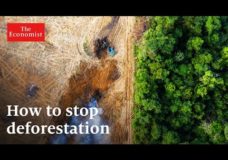
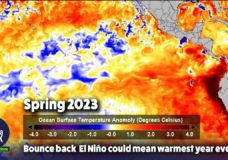

![Updates from NASA’s Curiosity Rover [Mars Science Laboratory]](https://naturedocumentaries.org/wp-content/uploads/2012/08/Screen-shot-2012-08-06-at-12.43.14-AM-e1345764125960.png)

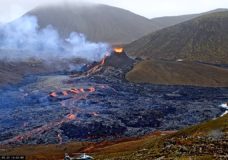





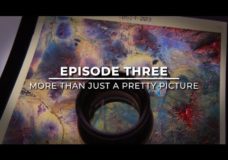
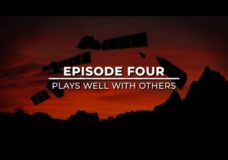



Recent Comments